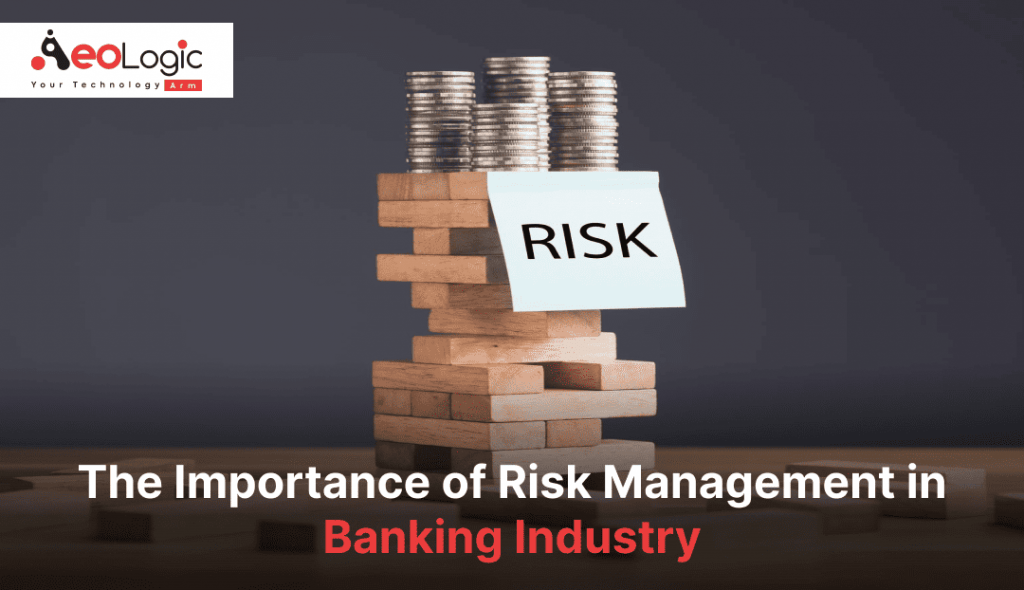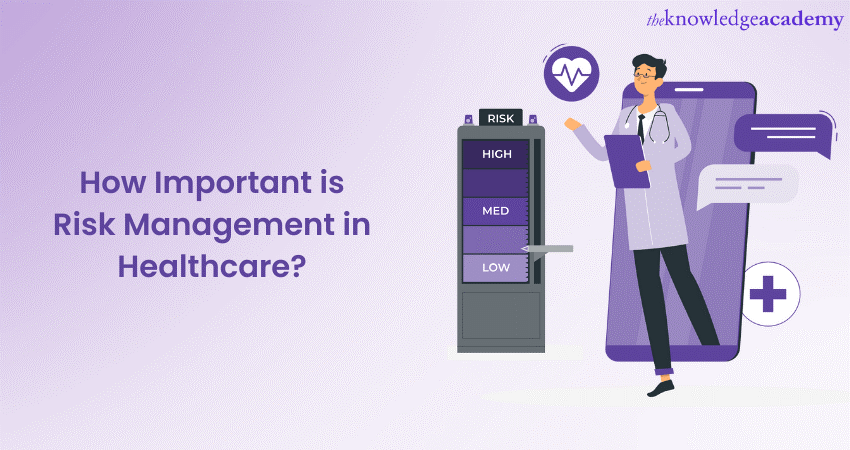The Essential Importance of Risk Management in Protecting Company Assets
The Essential Importance of Risk Management in Protecting Company Assets
Blog Article
The Importance of Recognizing the Value of Risk Management in Various Industries

The Core Concept of Risk Management and Its Purpose
Risk Management, the foundation of several industries, depends upon the identification, assessment, and reduction of uncertainties in an organization environment. It is an important technique that allows organizations to safeguard their assets, credibility, and general survival. By appropriately determining potential dangers, businesses can develop techniques to either prevent these dangers from occurring or lessen their impact. The analysis process entails evaluating the likelihood and possible intensity of these dangers. The reduction process entails creating methods to minimize their prospective influence as soon as risks have been recognized and examined. This process is cyclical and ongoing, ensuring that organizations are planned for the ever-changing nature of Risk in various sectors. The key purpose, hence, is to cultivate strength among unpredictabilities.
Benefits of Applying Risk Management in Business Procedures

Introducing the Function of Risk Management in Different Industries
While every sector faces its one-of-a-kind collection of risks, the execution of Risk Management approaches stays an usual denominator in their search of sustainability and growth. In the health care field, Risk Management involves guaranteeing client security and information security, while in finance, it involves mitigating financial investment threats and making certain regulatory conformity (importance of risk management). Construction companies concentrate on employee security, task hold-ups, and budget plan overruns. In the technology industry, firms reduce cybersecurity risks and innovation obsolescence. Ultimately, the role of Risk Management throughout industries is to recognize, examine, and minimize risks. It is an important part of critical planning, allowing organizations to safeguard their assets, take full advantage of possibilities, and attain their purposes.
Real-life Study Showing Successful Risk Management
To understand the value of Risk Management in these lots of markets, one can look to numerous real-life instances that highlight the successful application of these actions. Toyota, post the 2011 earthquake in Japan, changed its supply chain Management to decrease disturbance threats. These cases demonstrate how markets, learning from situations, successfully applied Risk Management methods to lower future risks.
Future Trends and Developments in Risk Management Strategies
As the globe continues to progress, so as well do the trends and growths in Risk pop over here Management strategies. Fast advancements in modern technology and information analytics are improving the Risk landscape. Huge information and AI are now important in predicting and reducing risks. Organizations are leveraging these devices to construct predictive models and make data-driven choices. Cybersecurity, once a peripheral issue, has actually catapulted to the forefront of Risk Management, with strategies concentrating on discovery, feedback, and prevention. The assimilation of ESG (Environmental, Social, Administration) elements right into Risk Management is one more expanding trend, mirroring the increasing acknowledgment of the role that ecological and social threats play in company sustainability. Hence, the future of Risk Management depends on the blend of innovative modern technology, ingenious methods, and a holistic method.
Verdict
In verdict, understanding the relevance of Risk Management across a range of markets is crucial for their long life and success. Ultimately, effective Risk Management contributes to more durable and lasting businesses, highlighting the value of this method in today's highly competitive and vibrant business atmosphere.
While every industry confronts its special collection of threats, the application of Risk Management methods remains a common in their pursuit of sustainability and growth. In the health care browse around this web-site sector, Risk Management involves ensuring patient safety and security and information security, while in finance, it entails mitigating financial investment risks and making sure governing compliance. Eventually, the role of Risk Management throughout industries is to determine, assess, and alleviate dangers. These his explanation cases show exactly how sectors, learning from crises, successfully applied Risk Management techniques to lower future risks.

Report this page